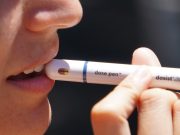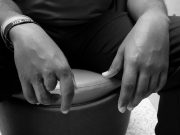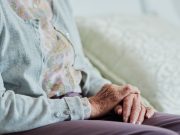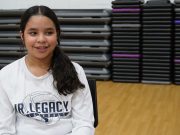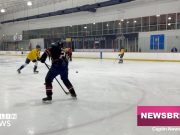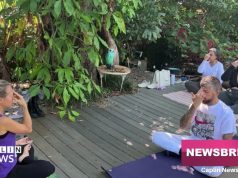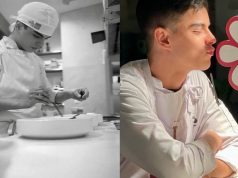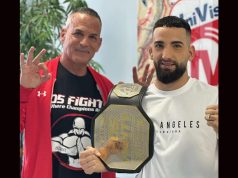When young children lose their ability to control their movements and speech to an unknown force, and can’t find any answers, what does a parent do?
Fight like hell.
That’s what the Staab family did when both their son and daughter started showing symptoms of a little-known, widely misunderstood and incurable neuromuscular disorder called dystonia.
They searched relentlessly for answers with little success until they found Dr. Michael Okun.
“We went all over with Tyler before, a lot of the pediatric people didn’t know, so he was diagnosed with all kinds of stuff,” said Rick Staab, president and co-founder of Tyler’s Hope For a Dystonia Cure. “Dr. Okun just came by on a consult, he wasn’t even really the main doctor, and within five minutes he said, ‘I know what this is, and we’ll do a genetic test.’”
Staab’s son, Tyler, and daughter, Samantha, were both diagnosed with DYT1 generalized dystonia, which affects more than two areas of the body at a time and causes the brain to send jumbled signals to the muscles causing involuntary movements, stiffness and muscle contractions.
Although dystonia affects more people than Lou Gehrig’s disease, muscular dystrophy and Huntington’s disease combined, it is often misdiagnosed and mistreated, so Rick Staab and Dr. Okun helped create the Tyler’s Hope Foundation.
The foundation provides medical care for dystonia patients at the University of Florida’s Norman Fixel Institute for Neurological Diseases, and funds research studies that investigates new treatments and potential cures for dystonia and other movement disorders.

Heather Parker, the foundation’s executive director, said the foundation has created resources to help people with dystonia, spanning from offering multifaceted treatment plans, to creating awareness and research efforts like grants, fellowship sponsorships, think tanks and fundraising events.
“We host a think tank every year where we invite researchers from all over the world to come share what they’re working on. We invite everybody, we really want to spread awareness,” said Parker.
And this past March, Tyler’s Hope got a little closer to a cure, as they awarded $1 million to a medical research team at Duke University and named them an honorary Tyler’s Hope Center of Excellence for achieving significant breakthroughs toward finding a cure.
According to Dr. Nicole Calakos, who heads research on movement disorders at Duke University, an FDA-approved drug called Ritonavir, which is used to treat HIV, may be used to effectively treat and potentially cure dystonia and many other movement disorders.
“We were really struck by the range of abnormalities that the drug was effective against, giving us hope that it may be acting close to the root cause of the problem,” said Dr. Calakos.
And with such big news, it’s no wonder why the dystonia community is bursting with excitement.
“I think this means that there’s finally hope for finding the closest thing to a ‘cure’ for dystonia,” said Kristina Grant, a member of the dystonia community. “It makes me feel hopeful for sure, hopeful that myself and everyone diagnosed with the DYT1 gene will possibly have a chance at ‘normalcy in our day-to-day lives.”
For more information on recent advancements and how to get involved with the Tyler’s Hope Foundation, visit tylershope.org.





